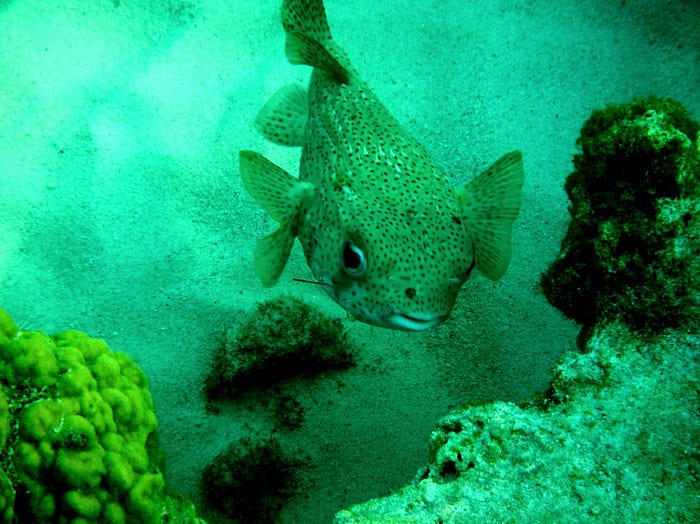Fugu: The Deadly Delicacy That Captivates Foodies Everywhere
Written on
Understanding Fugu
Fugu, the Japanese term for pufferfish (family Tetraodontidae), is a culinary specialty in Japan that has gained traction in the United States. The pufferfish, boasting over 100 species, can dramatically inflate by filling its swim bladder with water, giving it a larger appearance. Though they possess spines similar to porcupine fish, these spines remain hidden until the pufferfish is inflated.
Despite its lethal potential, fugu can induce only a mild tingling sensation when consumed in minuscule quantities, contributing to its allure. The thrill of consuming something that could be fatal is part of what drives some adventurous eaters. Personally, I'm intrigued by the tingling effect, and while I'm not keen on risking my life, the idea of exploring the full spectrum of culinary experiences compels me to try it someday. Several establishments in New York City serve fugu, making it accessible for those who wish to take the plunge. From conversations I've had, the flavor profile is quite subtle, akin to other mild white fish.
Preparation and Presentation
When you order fugu, it's customary to receive the entire edible portion of the fish, resulting in a multi-course dining experience. Typically, the chef will greet you personally, as it’s only fitting to know the face behind what could be your last meal.
Among the first dishes are thinly sliced sashimi and seared sashimi, which take advantage of the fish's firm texture, allowing for paper-thin cuts that reveal the plate beneath. Fugu-shabu, a preparation style that involves cooking the fish in hot broth, is another popular option. This method, akin to the Chinese hot pot, involves swishing the fish in a flavorful broth until cooked.
Frying is yet another common preparation method. Deep-fried fugu offers a delightful crunch, especially for the fins and tail, much like various other fish preparations. While catfish offers a safer alternative and can be found in grocery stores, many still seek the thrill of fugu, either for the experience itself or to appreciate the skill required for its preparation.
Yet, the potential danger of improperly prepared fugu is real, as the next section will delve into the science of its toxins.
The Science of Fugu's Toxicity
The primary toxin in fugu is tetrodotoxin (TTX), which has significant implications for neuroscience. Neurons transmit information through electro-chemical signals, with charged ions creating potentials that travel along the neuron. Voltage-gated sodium channels regulate these potentials, and TTX binds to these channels, preventing them from functioning. This leads to paralysis and can result in suffocation and death, as there is no known antidote for TTX. Tragically, several people succumb to poisoning each year.
How TTX Is Produced
Interestingly, pufferfish do not produce TTX themselves; rather, they acquire it through bacteria that they consume. This symbiotic relationship has led to the evolution of multiple species that utilize TTX as a defense mechanism. Moreover, it is possible to breed pufferfish that are free from TTX by excluding these bacteria from their environment. Such farm-raised pufferfish are safe to eat but lack the characteristic numbing effect.
Why Pufferfish Aren't Affected by TTX
Pufferfish survive TTX due to a unique configuration of their sodium channels, which prevents the toxin from binding and deactivating them. This evolutionary adaptation likely arose from selective pressures, leading to variability in sodium channel structures within species. Some pufferfish developed immunity to TTX over time, allowing them to consume the bacteria that produce the toxin.
Does Cooking Make Fugu Safe?
Cooking fugu does not eliminate its toxicity. Any temperature capable of neutralizing TTX would render the fish inedible. The misconception that cooking can make food safe often stems from the general effectiveness of heat in eliminating bacteria and molds. However, many toxins, including TTX, remain stable under heat, meaning that cooking contaminated food does not guarantee safety.
Dolphins and Their Fascination with Pufferfish
An interesting aside involves dolphins and their use of pufferfish. Some researchers believe that dolphins may use pufferfish as a recreational drug, passing them around in social settings. If true, it raises the question of whether dolphins possess a mutation that grants them immunity to TTX. If their sodium channels have a lower affinity for the toxin, they might experience a mild high without suffering lethal consequences.
